Life on Earth is a delicate balance, and believe it or not, we’re in the midst of what scientists are calling the sixth mass extinction. While it might seem like something out of a sci-fi movie, this is our current reality. We’re losing species at an alarming rate, and the ripple effects could reach us sooner than we realize. So buckle up, because we’re diving into the 14 extinctions happening right now that could ultimately threaten our own existence.
1. The Plight of the Pollinators
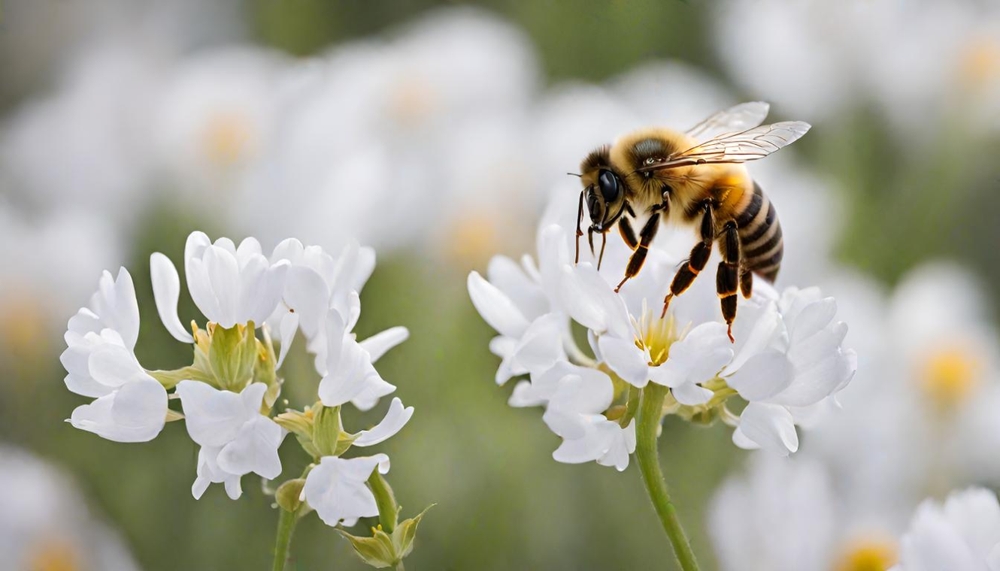
Every time you enjoy a fresh apple or a spoonful of honey, you have pollinators like bees and butterflies to thank. These tiny creatures play a crucial role in the production of about 35% of the food we consume. However, with habitat destruction, pesticide use, and climate change, their populations are plummeting. If this trend continues, the impact on global food security could be devastating. Our diets would become monotonous, and the farming communities dependent on these crops could face severe economic hardships.
Pollinators are more than just honey-makers; they are integral to biodiversity. Without them, the plant species they pollinate could also disappear, resulting in a cascade of ecological consequences. The loss of these plants would affect countless other species that depend on them for food and shelter. In short, saving the pollinators means saving ourselves from a future of food scarcity and ecological imbalance.
2. Coral Reefs Crumbling
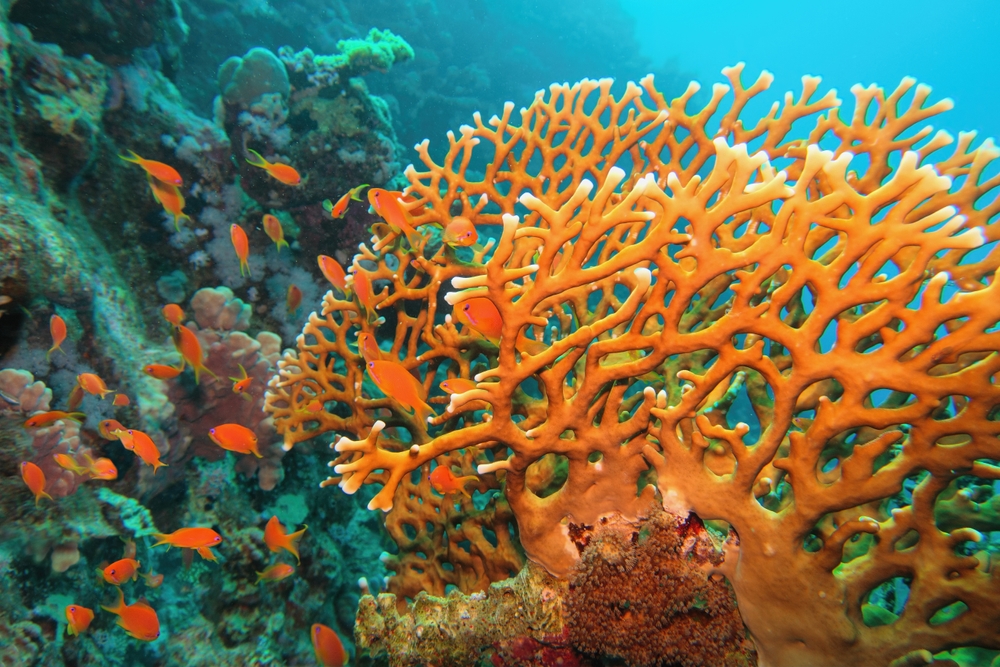
Coral reefs, often referred to as the rainforests of the sea, are hotspots of marine biodiversity. They provide habitat for nearly a quarter of all ocean species, many of which are vital to human economies and diet. Yet, coral bleaching events, fueled by rising sea temperatures and ocean acidification, are decimating these vibrant ecosystems. The loss of coral reefs isn’t just a loss of beauty; it’s a loss of biodiversity and a protection barrier for coastal communities. According to the United Nations, threats like coral bleaching, driven by rising sea temperatures and ocean acidification, are causing significant declines in these ecosystems.
Beyond their ecological role, coral reefs have economic significance that cannot be overlooked. They support millions of jobs globally in fishing and tourism industries, providing billions in revenue. Moreover, the medicinal potential of coral reef organisms remains largely untapped, with possibilities of breakthroughs in cancer and other disease treatments. Thus, the extinction of coral reefs could mean a loss in biodiversity, economic stability, and medical advancements.
3. The Disappearance of Amphibians
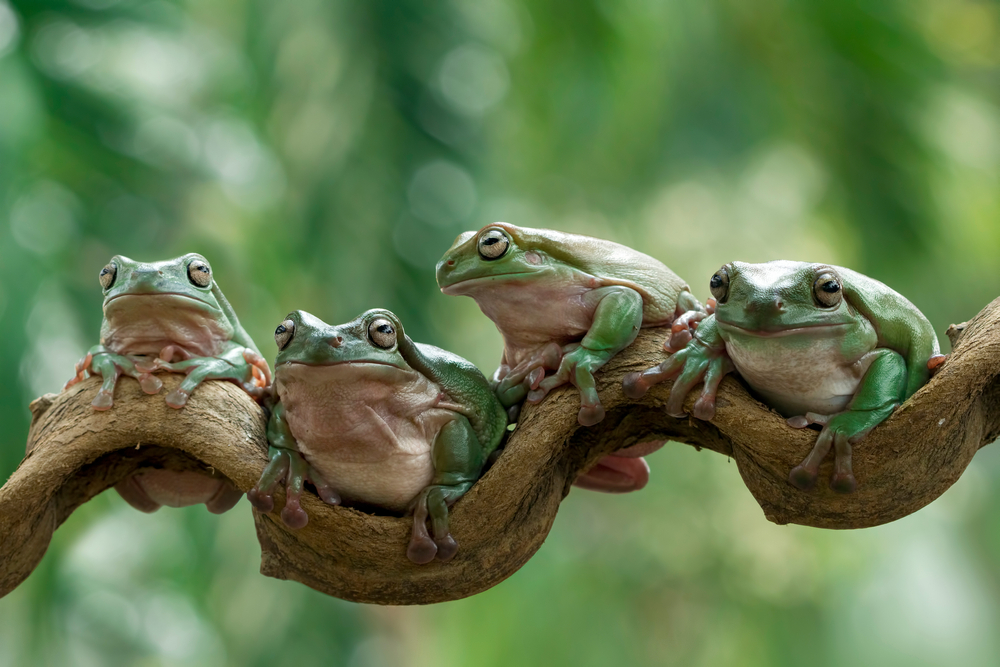
Amphibians, such as frogs, salamanders, and newts, are vanishing faster than any other group of vertebrates, and that’s a huge blow to ecosystems everywhere. These creatures are key players in maintaining ecosystem balance, controlling insect populations, and serving as food for many predators. Their decline, driven by habitat loss, pollution, and disease, could result in unchecked insect populations. This imbalance could lead to increased crop damage and the spread of disease-carrying pests like mosquitoes.
Amphibians are also bio-indicators, meaning their health reflects the overall health of the environment. The fact that so many are disappearing signals broader environmental issues that could eventually affect us all. Losing them means losing a crucial check on pest populations and a natural warning system that helps gauge ecosystem health. If we don’t act soon, the consequences could ripple through food chains and affect human health and agriculture.
4. Forest Giants Falling
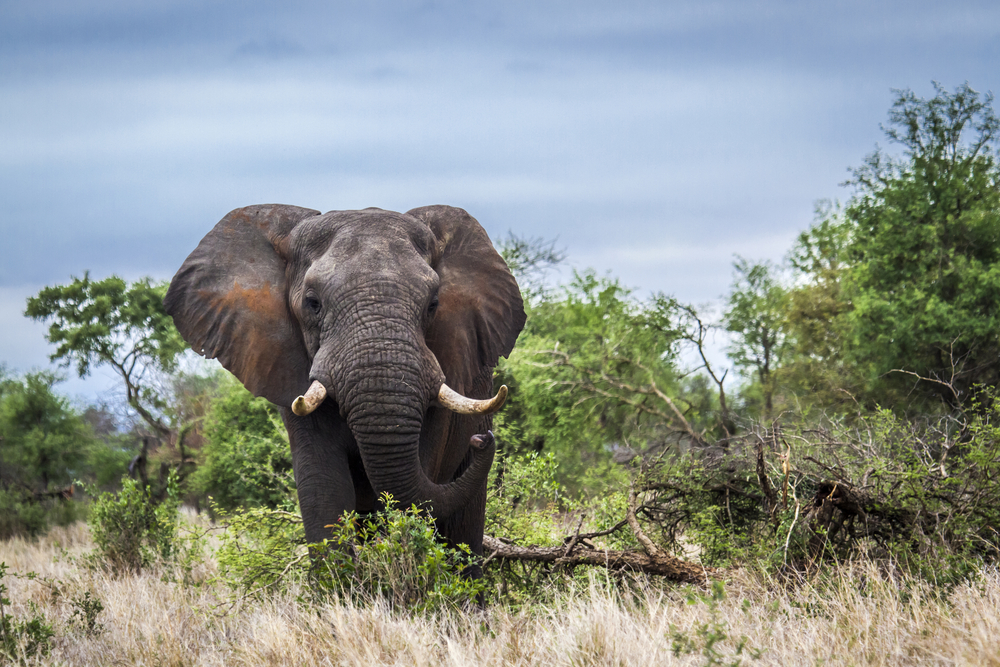
The majestic elephants, those gentle giants roaming savannahs and forests, are critically endangered. Poaching for ivory and habitat loss are the main culprits behind their dwindling numbers. Elephants are ecological engineers, playing an essential role in seed dispersal and landscape maintenance. Without them, the ecosystems they once thrived in could change dramatically, affecting countless other species.
Elephants also have cultural significance in many societies, symbolizing wisdom and strength. Their extinction would be a cultural loss for communities that have coexisted with them for centuries. Moreover, their presence boosts eco-tourism, an important economic resource for many developing nations. The loss of elephants could therefore mean a loss of biodiversity, cultural heritage, and economic opportunities—a triple threat to human existence.
5. The Shrinking Arctic Ice
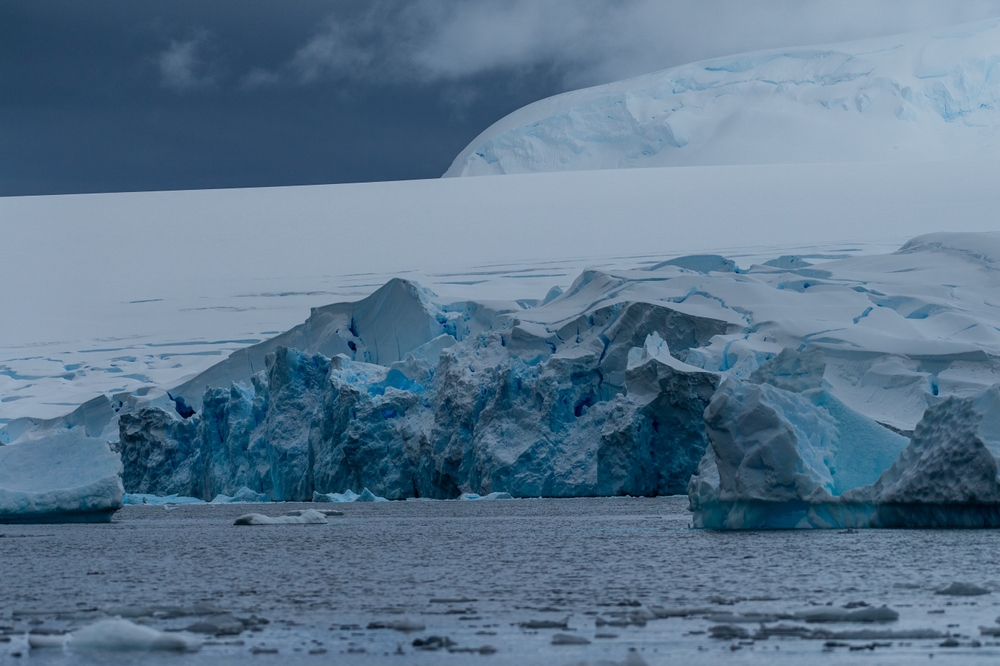
Polar bears have become the symbol of climate change, but they’re not the only Arctic species at risk. Melting ice threatens seals, walruses, and countless other organisms that call the Arctic home. This rapid environmental change is endangering the entire food web, impacting everything from plankton to apex predators. Without the ice, many species have nowhere to live or hunt, leading to population declines.
The Arctic also plays a crucial role in regulating the planet’s climate. As ice melts, less sunlight is reflected, leading to further warming—a vicious cycle known as the albedo effect. This warming can have global ramifications, influencing weather patterns and sea levels worldwide. If we lose the Arctic, we risk exacerbating climate change, destabilizing ecosystems, and threatening coastal communities around the globe.
6. The Vanishing Mangroves
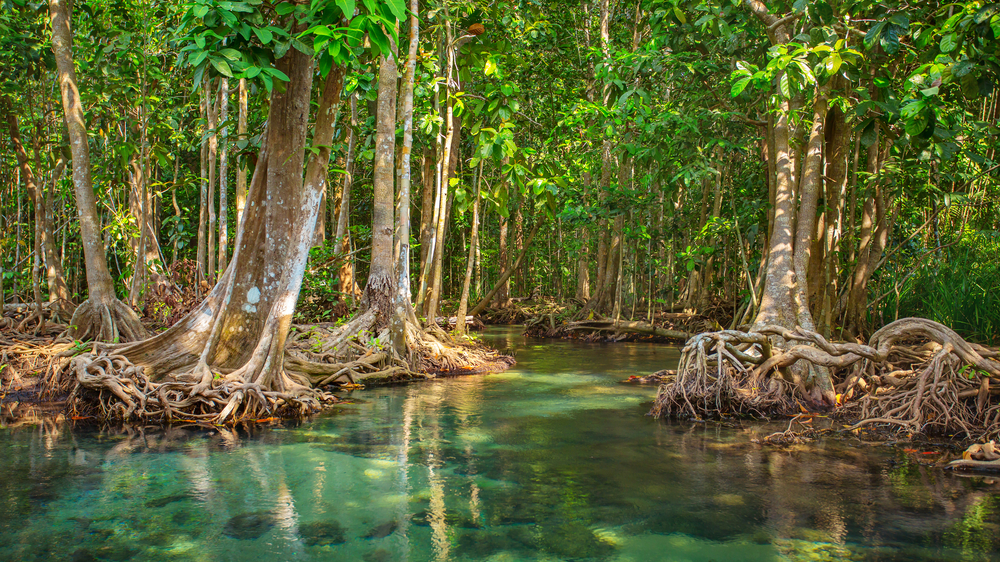
Mangrove forests, those unique ecosystems thriving at the intersection of land and sea, are in danger. These areas are being destroyed for coastal development and aquaculture. Mangroves are vital for coastal protection, mitigating storm surges and preventing erosion. Their roots are also nurseries for many fish species, making them essential for both marine biodiversity and local fisheries.
Mangroves sequester large amounts of carbon, playing a vital role in curbing climate change. Losing them means losing one of nature’s most efficient carbon sinks, contributing to global warming. Furthermore, the livelihoods of millions who rely on mangroves for fishing, tourism, and coastal protection could be jeopardized. The extinction of mangroves would thus have profound environmental, economic, and social impacts, extending far beyond their coastal confines.
7. The Disappearing Freshwater Fish
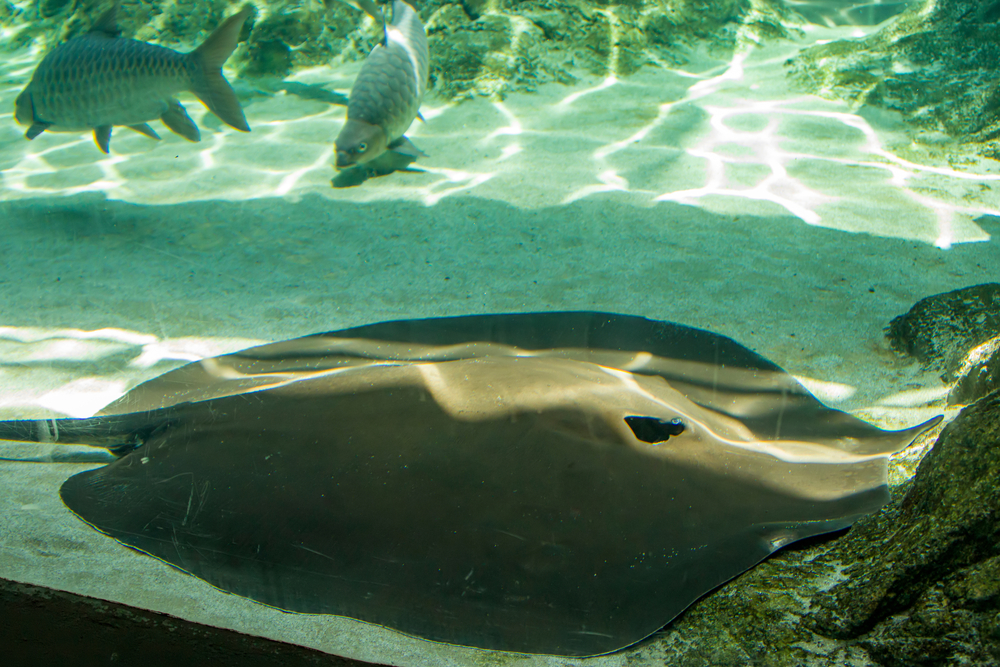
Freshwater ecosystems, home to an incredible diversity of fish species, are under threat from pollution, dam construction, and overfishing. These fish provide crucial protein sources and livelihoods for billions of people worldwide. The decline in freshwater fish populations could lead to nutritional deficits and economic hardships for communities relying on them.
Freshwater fish are also key players in nutrient cycling and water purification. Their loss could degrade water quality, impacting not just aquatic life but also human populations depending on freshwater sources. As these species face extinction, we risk losing a critical component of aquatic ecosystems and the benefits they bring. Protecting freshwater fish is about ensuring food security, clean water, and resilient ecosystems for future generations.
8. Birdsong Fading Away
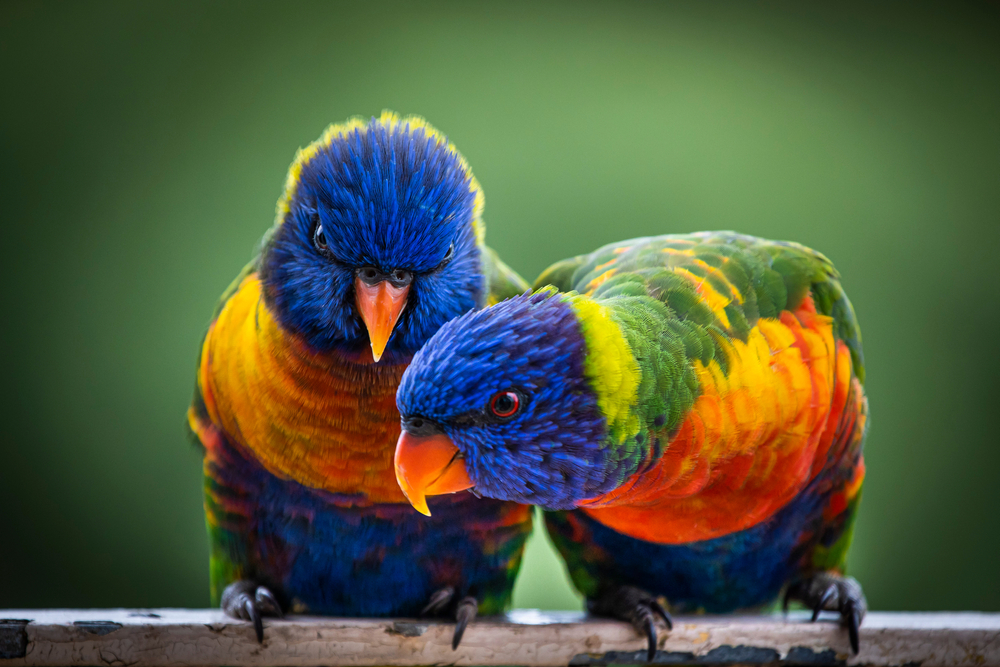
Birds are often the most visible wildlife in our daily lives, yet many species are declining at an alarming rate. Habitat loss, climate change, and invasive species are leading causes of this global avian decline. Birds play crucial roles in ecosystems, from seed dispersal to pest control. Their decline could disrupt these services, leading to overpopulation of pests and decreased vegetation health.
Birds also have cultural and economic significance, inspiring art, music, and providing opportunities for wildlife tourism. Their songs and presence enrich our lives, and their loss would be a cultural impoverishment. Furthermore, the decline in bird populations can serve as a warning signal for broader environmental issues, much like the canary in the coal mine. Saving our feathered friends means preserving ecosystems, cultural heritage, and early warning systems for ecological health.
9. Insects on the Brink
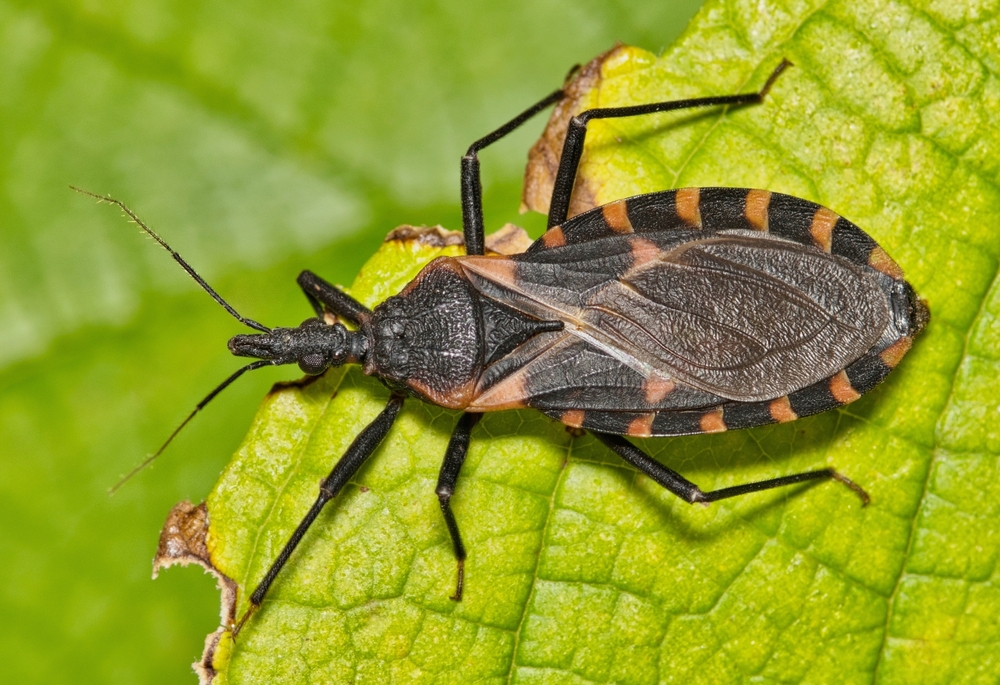
Insects might make you squirm, but they’re among the most vital creatures on Earth. They pollinate plants, decompose dead organic matter, and serve as food for countless other species. Yet, insect populations are plummeting due to pesticide use, habitat loss, and climate change. This decline threatens food webs and ecosystem services that humans depend on.
Without insects, we face the collapse of ecosystems as we know them. The loss of pollinators would devastate agriculture, while the disappearance of decomposers would hinder nutrient cycling. Our world would be starkly different without the buzzing, crawling, and flying creatures that keep it running. Protecting insects is crucial for maintaining biodiversity, ecosystem stability, and agricultural productivity.
10. The Dwindling Primates
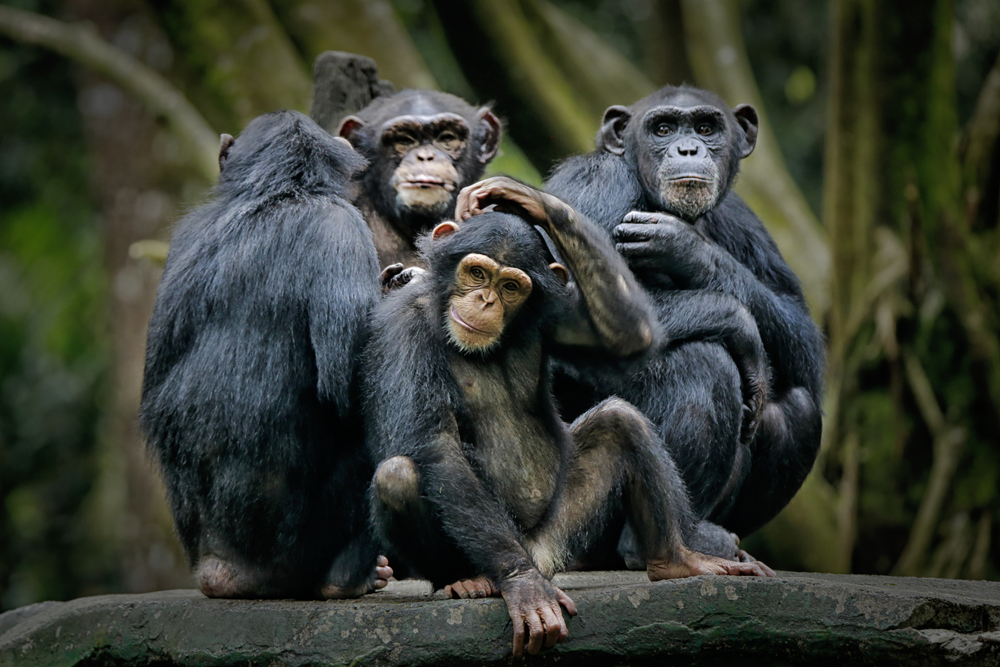
Our closest relatives in the animal kingdom, the primates, are facing extinction. Deforestation, hunting, and illegal wildlife trade are driving many species to the brink. Primates play key roles in their ecosystems as seed dispersers and as prey for larger predators. Their decline could lead to significant changes in forest composition and dynamics.
Primates also hold the key to understanding human evolution and biology. Their extinction would mean the loss of valuable scientific insights that could benefit humanity. Additionally, many primate species are part of indigenous cultural and spiritual practices, and their loss would impact cultural diversity. Saving primates is about preserving biodiversity, scientific knowledge, and cultural heritage.
11. The Ocean’s Silent Crisis
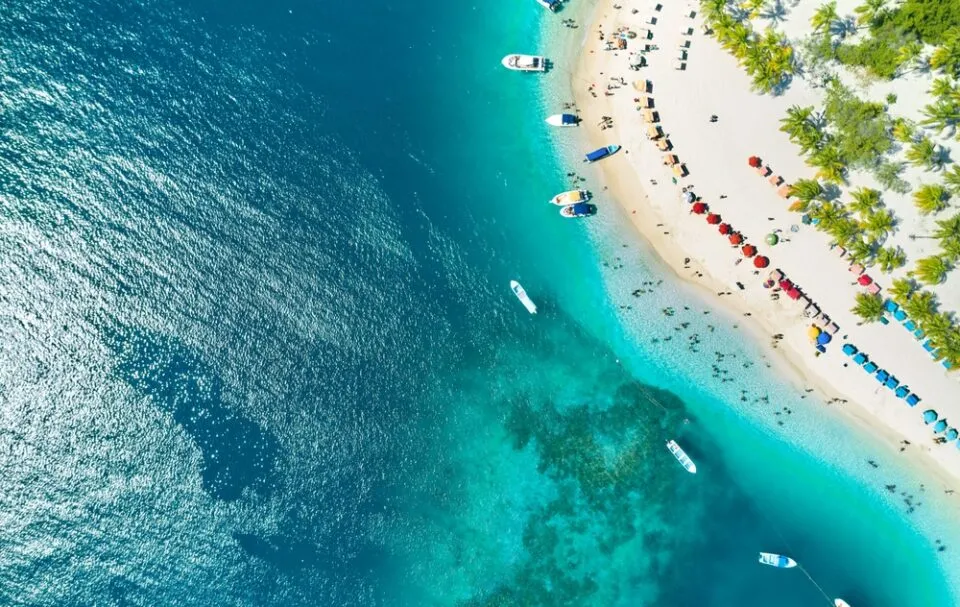
Overfishing is depleting fish stocks faster than they can replenish, threatening ocean health and food security. The collapse of fish populations could have dire consequences for billions who rely on seafood as a major protein source. Furthermore, overfishing disrupts marine ecosystems, affecting species that depend on healthy fish populations.
Marine biodiversity is critical for the ocean’s resilience against climate change. The loss of fish species could weaken this resilience, leading to more fragile ocean ecosystems. Additionally, the livelihoods of millions in coastal communities are at risk if fish stocks continue to decline. Addressing overfishing is vital for sustaining ocean health, food security, and economic stability.
12. The Disappearing Big Cats
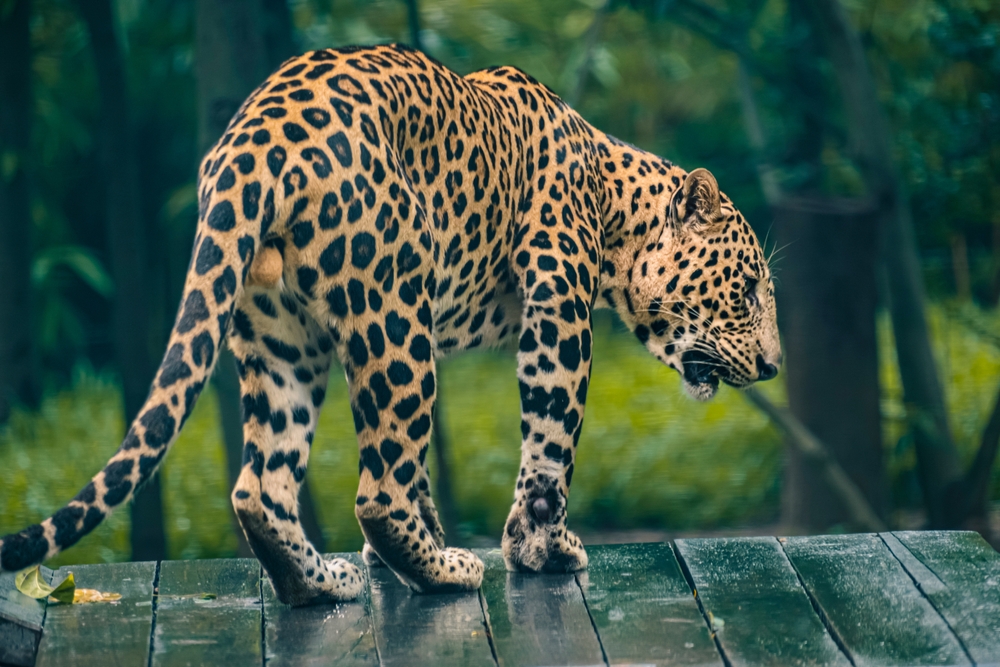
Big cats like tigers, lions, and leopards are facing severe threats from habitat loss and poaching. These apex predators are essential for maintaining the balance of ecosystems. Their decline could lead to overpopulation of prey species, which in turn affects vegetation and other wildlife.
Big cats also hold significant cultural and symbolic importance in many societies. Their extinction would mean the loss of cultural icons and the stories that surround them. Moreover, they attract wildlife tourism, providing economic benefits to many countries. Protecting big cats is about balancing ecosystems, preserving cultural heritage, and supporting economic opportunities.
13. The Decline of Large Herbivores
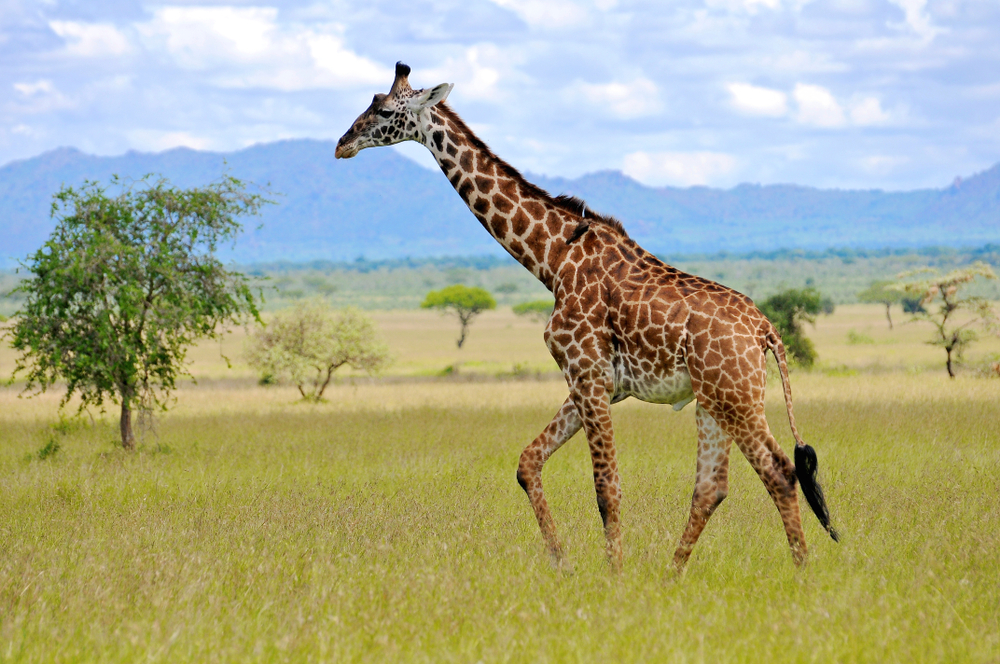
Large herbivores like rhinos, buffaloes, and giraffes are in danger due to poaching and habitat destruction. These animals play crucial roles in their ecosystems, from seed dispersal to shaping vegetation structure. Their decline could lead to significant changes in landscapes, affecting other species’ survival.
Large herbivores are also part of our natural heritage, featured in countless wildlife documentaries and safaris. Losing them would diminish the natural world’s richness and our ability to connect with it. Additionally, they support ecotourism, an important economic activity in many regions. Saving large herbivores is about maintaining ecological balance, cultural richness, and economic opportunities.
14. The Disappearing Freshwater Mussels
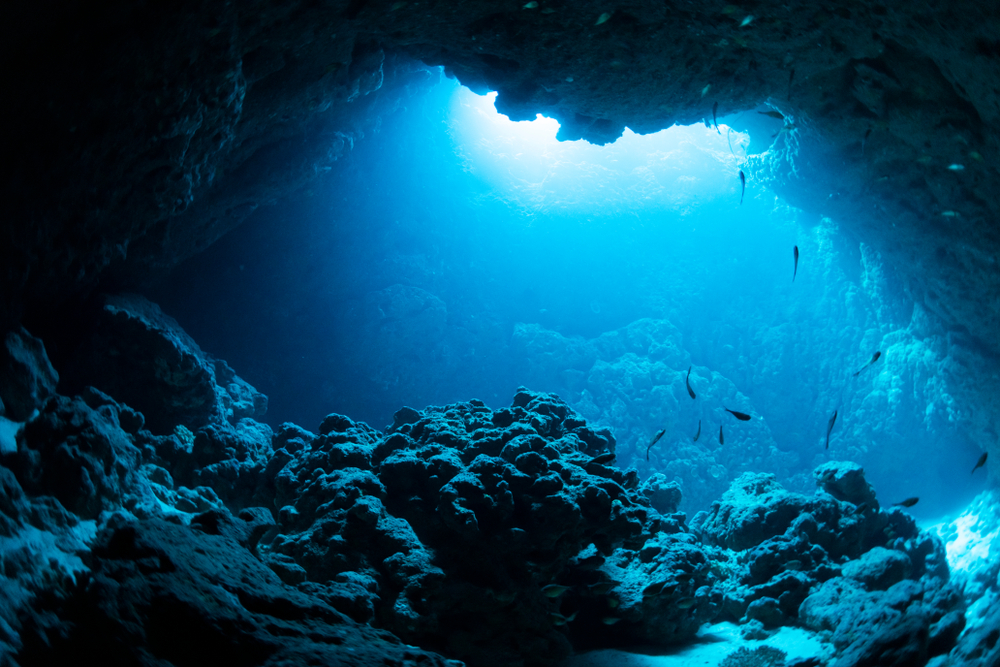
Freshwater mussels, those unsung heroes of aquatic ecosystems, are in peril. Pollution, habitat destruction, and invasive species are leading to their decline. Mussels play vital roles in water filtration and nutrient cycling, contributing to water quality and ecosystem health.
Their loss could lead to degraded water ecosystems, affecting the species and humans relying on them. Freshwater mussels also hold scientific value, helping researchers understand environmental changes over time. Protecting these creatures is about ensuring clean water, healthy ecosystems, and scientific discovery.
15. The Struggling Sea Turtles
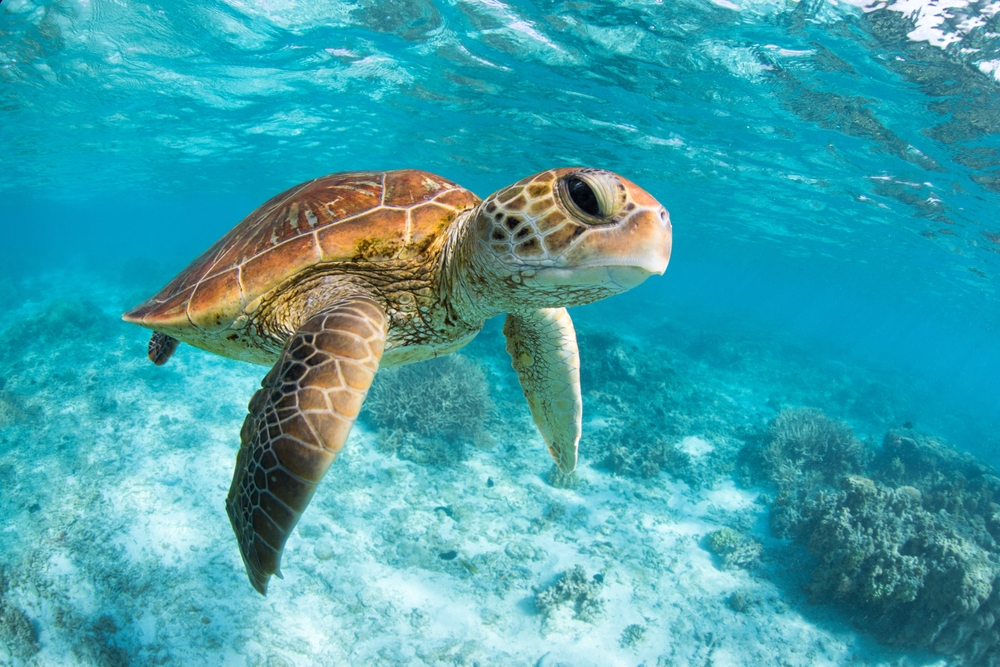
Sea turtles are facing numerous challenges, from habitat destruction to climate change and accidental capture in fishing gear. These ancient mariners play vital roles in ocean ecosystems, from maintaining healthy seagrass beds to supporting coral reefs. Their decline could disrupt these ecosystems, impacting biodiversity and ocean health.
Sea turtles also attract eco-tourism, supporting coastal economies worldwide. Their nesting sites are significant for both tourism and local culture. Protecting sea turtles is about maintaining marine biodiversity, supporting economies, and preserving natural and cultural heritage. Their survival is intertwined with the health of our oceans and the well-being of coastal communities.
